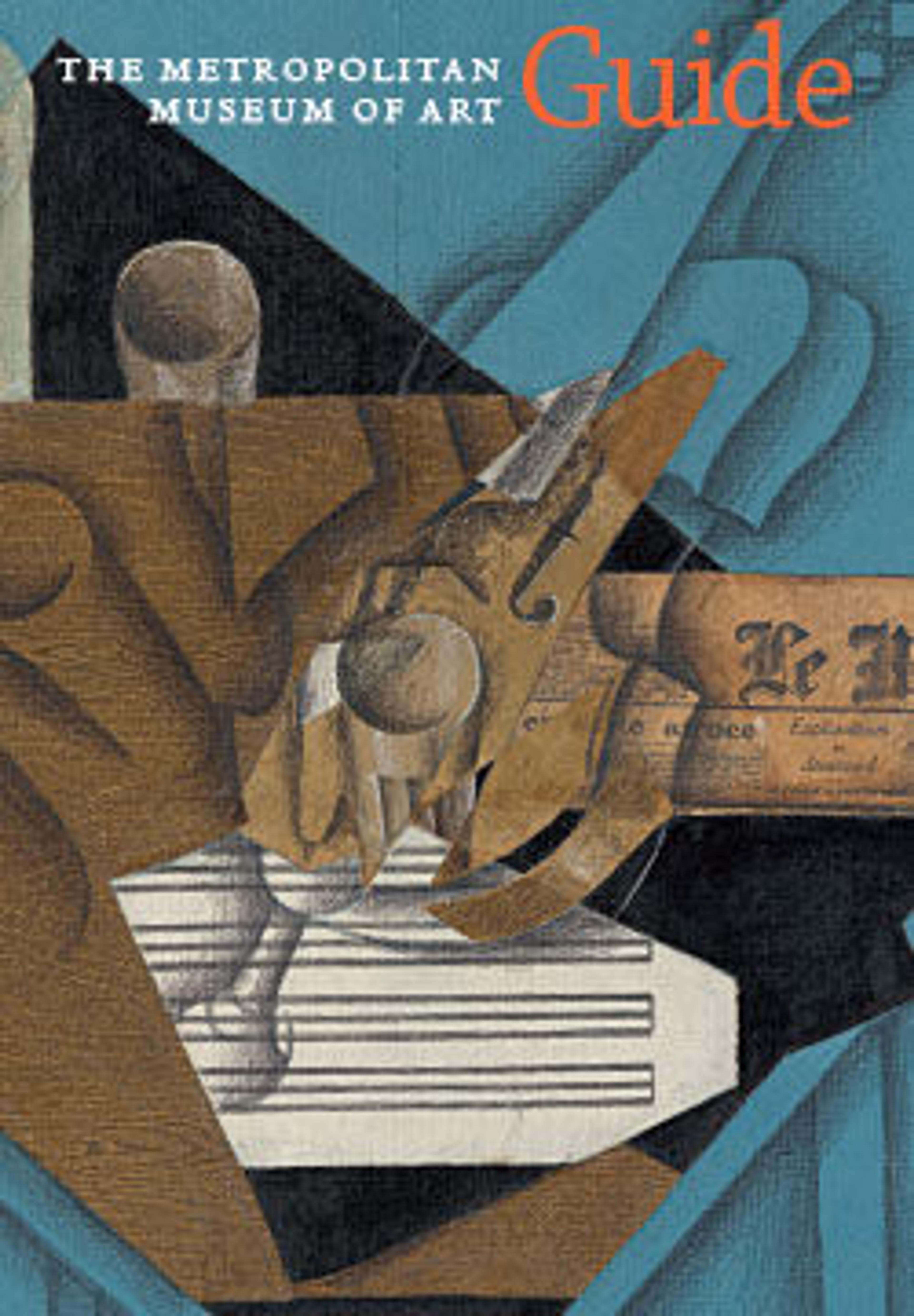Italiano
Coppa a due manici
La coppa a due manici cesellata in sei lobi uguali è una forma tipica dei primi argentieri di New York. Le coppe da vino e brandy, o Brandewijnskom, erano usate durante cerimonie come matrimoni, funerali e soprattutto nei kindermaal, quando le donne del vicinato si riunivano per dare il benvenuto a un nuovo nato. Dopo averla riempita con uvetta e brandy, la coppa si faceva passare tra gli ospiti che si servivano con un cucchiaio d’argento. Le iniziali incise vicino all’orlo della coppa sono quelle di Theunis Jacobsen Quick, un ricco fornaio, e della moglie Vroujte, che si sposarono nel 1689.
Artwork Details
- Titolo: Coppa a due manici
- Artista: Cornelius Kierstede, Americano, 1674-ca. 1757
- Data: 1700-1710
- Materiale e tecnica: Argento
- Dimensioni: 13,7 x 35,1 cm
- Crediti: Samuel D. Lee Fund, 1938
- Numero d'inventario: 38.63
- Curatorial Department: The American Wing
More Artwork
Research Resources
The Met provides unparalleled resources for research and welcomes an international community of students and scholars. The Met's Open Access API is where creators and researchers can connect to the The Met collection. Open Access data and public domain images are available for unrestricted commercial and noncommercial use without permission or fee.
To request images under copyright and other restrictions, please use this Image Request form.
Feedback
We continue to research and examine historical and cultural context for objects in The Met collection. If you have comments or questions about this object record, please contact us using the form below. The Museum looks forward to receiving your comments.
